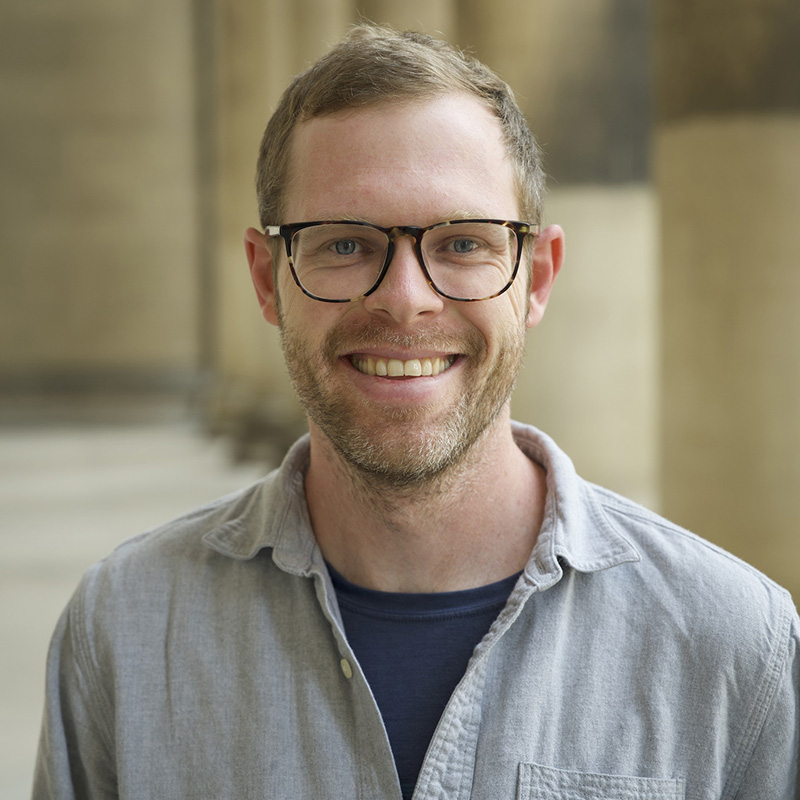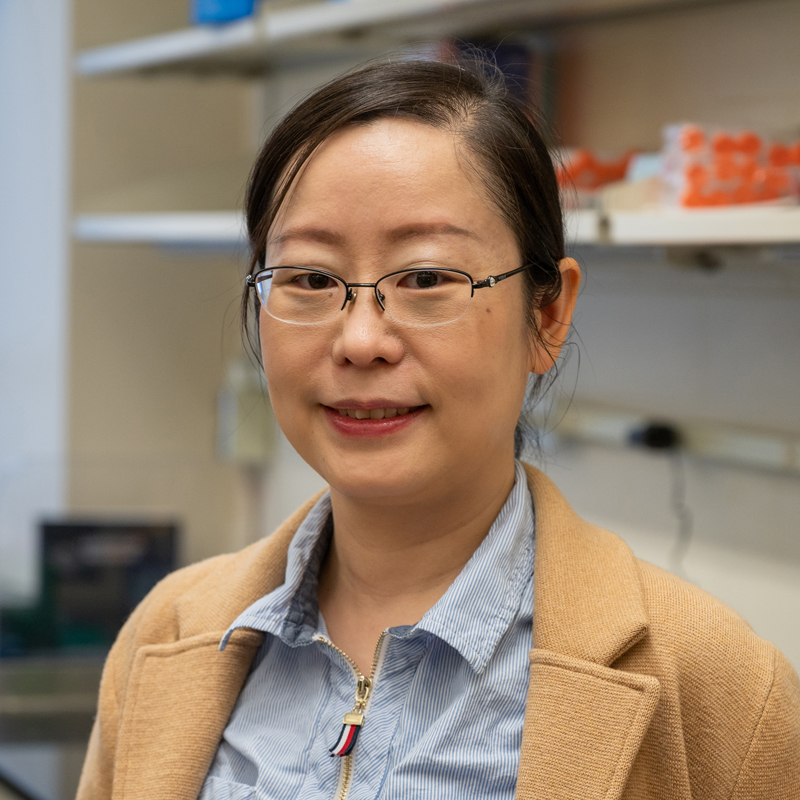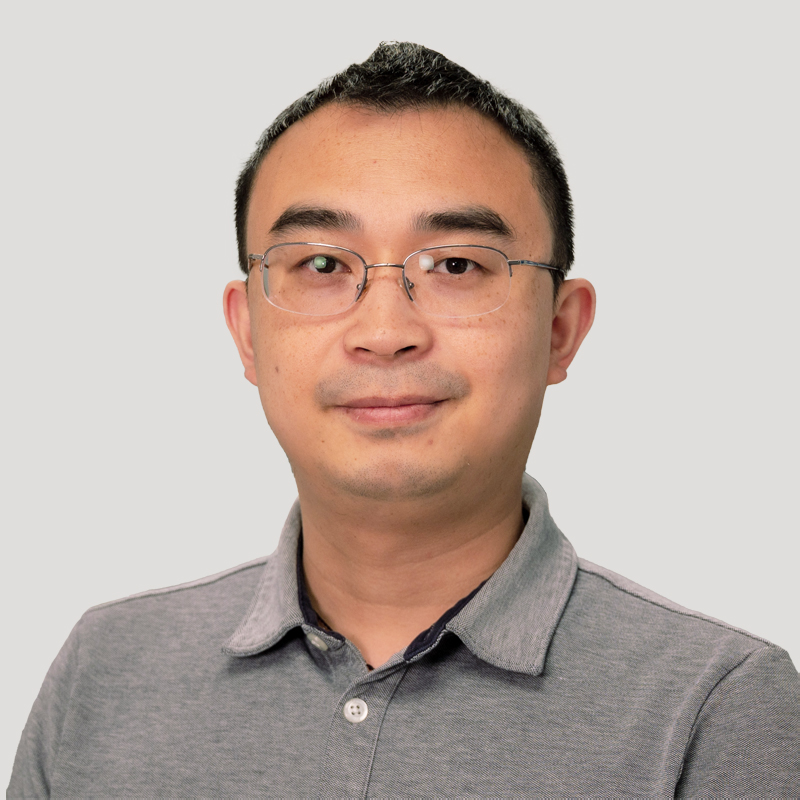Faculty Notes
Welcome
New Faculty

Drew Bridges
Disease-causing germs and waterborne microbes bunched together in communities known as biofilms can be harmful in pipes. As solo swimmers, those same bacteria can be innocuous.
Drew Bridges, assistant professor of biological sciences, investigates how bacteria respond to extracellular sensory information to make developmental decisions.
Bacteria can distinguish “self” from “non-self” when deciding whether to form biofilms, Bridges said. For example, when signaling molecules produced by closely related species are detected, bacteria commit to forming biofilms. But when signals from competing bacteria are detected, these same bacteria exit biofilms.
Understanding how and why bacteria respond to certain stimuli could have applications in the treatment of disease, food production, water purification or other industrial settings.
“Right now, the antibiotics we use just kill bacteria, but bacteria evolve in ways that allow for resistance,” said Bridges, who joined Carnegie Mellon in 2022. “A strategy to change their behaviors rather than just kill them could have many implications.”
Bridges studied cell biology as a doctoral student at Dartmouth. Afterwards, he pivoted to microbiology.
“It’s an amazing time to be a biologist or a person in biomedicine because of the ability to sequence genomes and the pace that we can do research,” Bridges said.
He joined the Center for the Physics of Biological Function at Princeton University as the Howard Hughes Medical Institute Fellow of the Damon Runyan Cancer Research Foundation in 2017.
At Princeton he studied cell-to-cell communication in the bacteria that causes cholera, Vibrio cholerae, and how that communication affects whether the bacteria grow into a biofilm or stay as single-celled organisms. Bridges pioneered new imaging approaches combined with techniques from genetics, biochemistry and biophysics theory to visualize, in real-time, the biofilm life cycle of V. cholerae and identify important steps for how V. cholerae biofilms disperse.
For his efforts, he was named a finalist for the 2022 Blavatnik Regional Awards for Young Scientists.
■ Heidi Opdyke

En Cai
“Sometimes T-cells fail to attack cancer cells, and that is because the tumor environment makes them unable to do that,” Cai said. “We want to understand how the environment has an effect on T-cells and how we can restore this mechanism.”
In her previous research, Cai found that T-cells have microvilli, finger-like protrusions formed on their surfaces, that reach out into the environment and communicate with cells carrying antigens as well as other T-cells. She said she wants to collaborate with other labs at CMU so she can apply a wide range of skillsets and knowledge, such as tissue engineering and high throughput imaging processing and feature recognition, in her lab to enhance her research.
“Our lab is using a multidisciplinary approach to understand the immune system and how the immune system helps us to be healthy,” Cai said. “If somebody is interested in that type of research, I’m very happy to work with them. I hope that my lab will have a lot of different expertise from immunology, biology, chemistry, physics and biophysics.”
■ Kirsten Heuring

Zheng Kuang
“We are trying to figure out whether a single species of bacteria is able to rescue the rhythms or it’s really the community of bacteria that can influence the oscillations,” Kuang said. “It seems that we can identify some types of bacteria as sufficient to rescue the circadian rhythms, so that’s really exciting. It provides us with a very useful tool for understanding the underlying mechanisms.”
As someone with a mixed background of biology, statistics and computer science, Kuang is excited about the interdisciplinary possibilities at CMU.
“In terms of research, I believe that it is very important to integrate different techniques to understand some interdisciplinary questions,” Kuang said. “When you put these different things together, you have a unique niche to study questions and to really distinguish yourself from other people.”
■ Kirsten Heuring